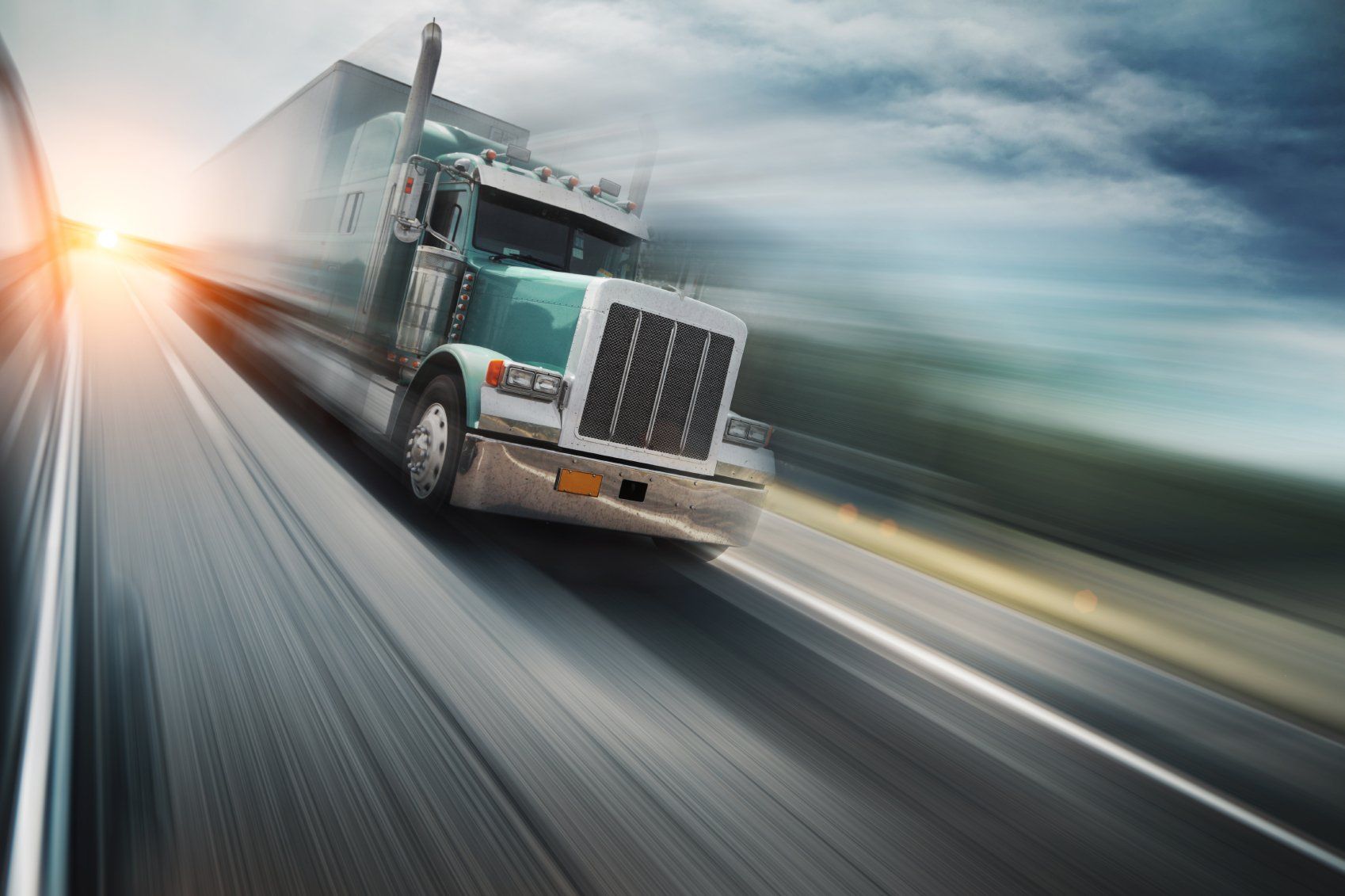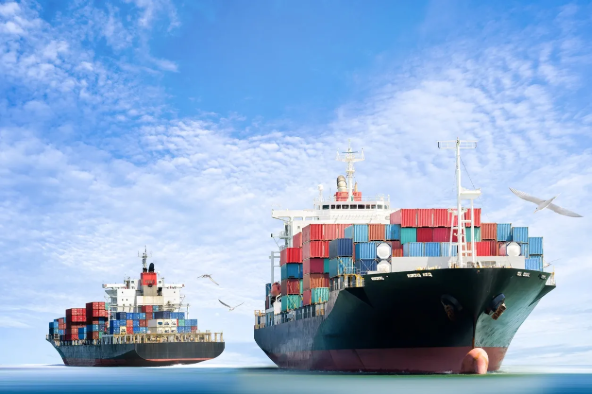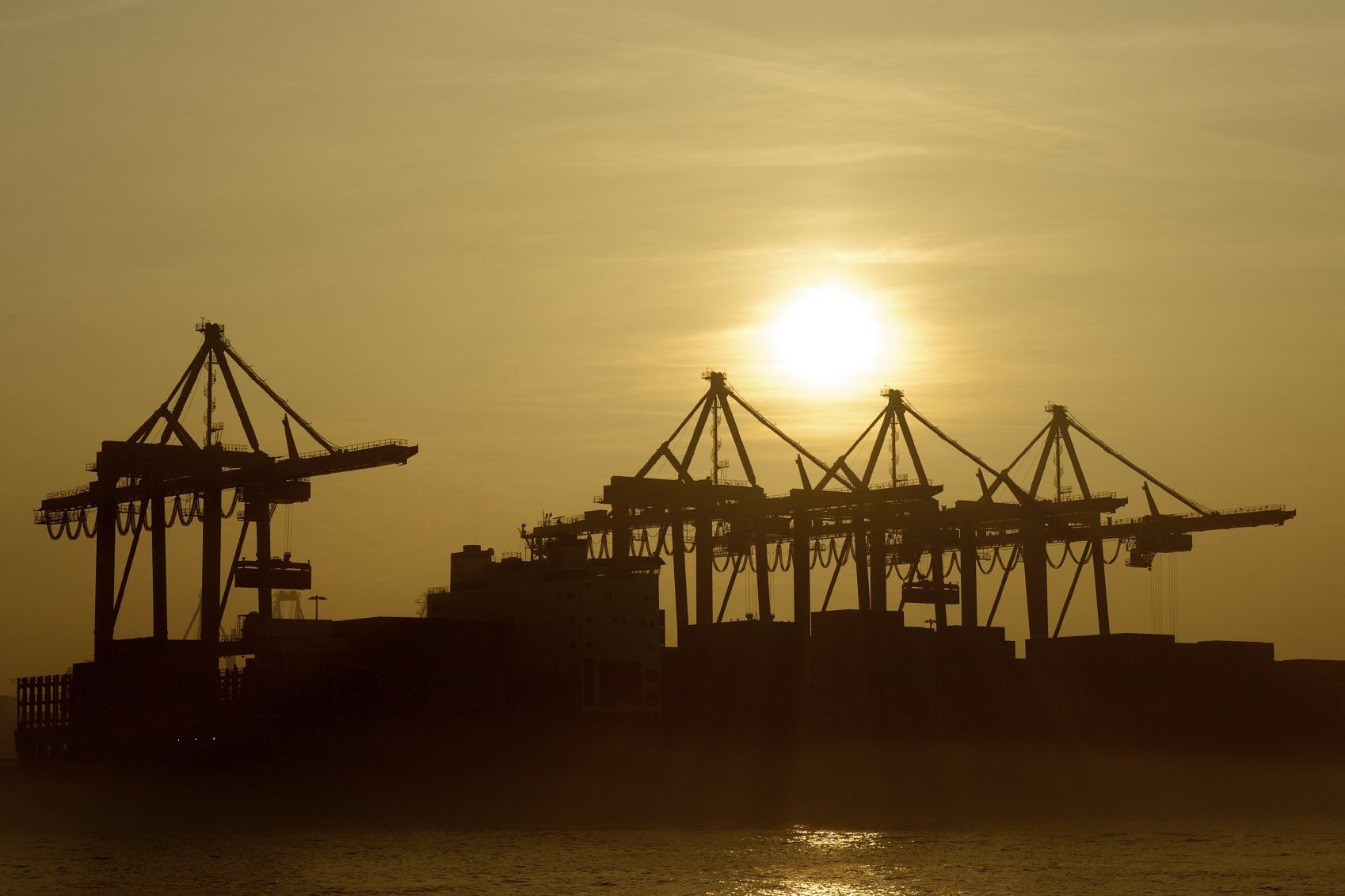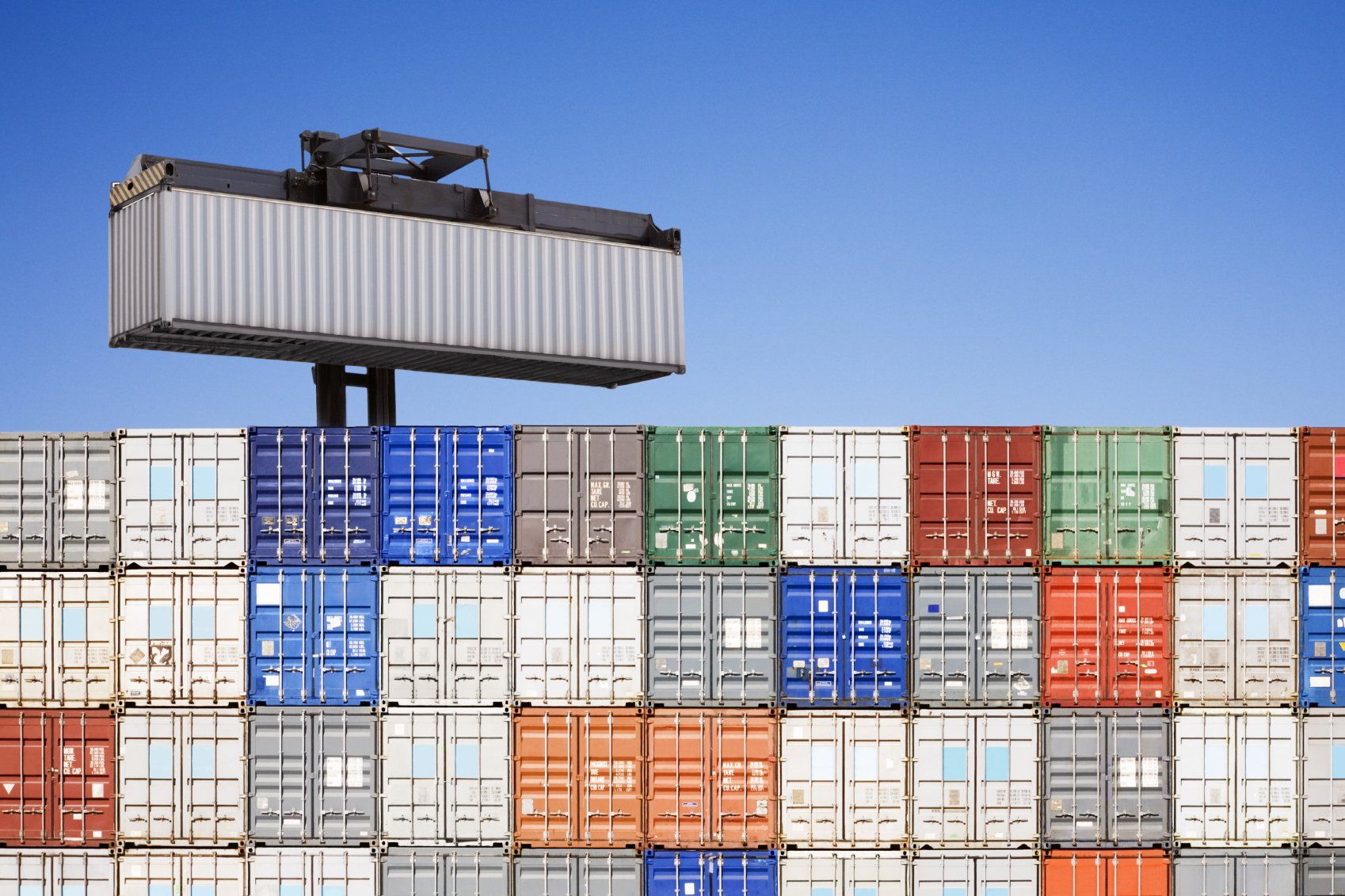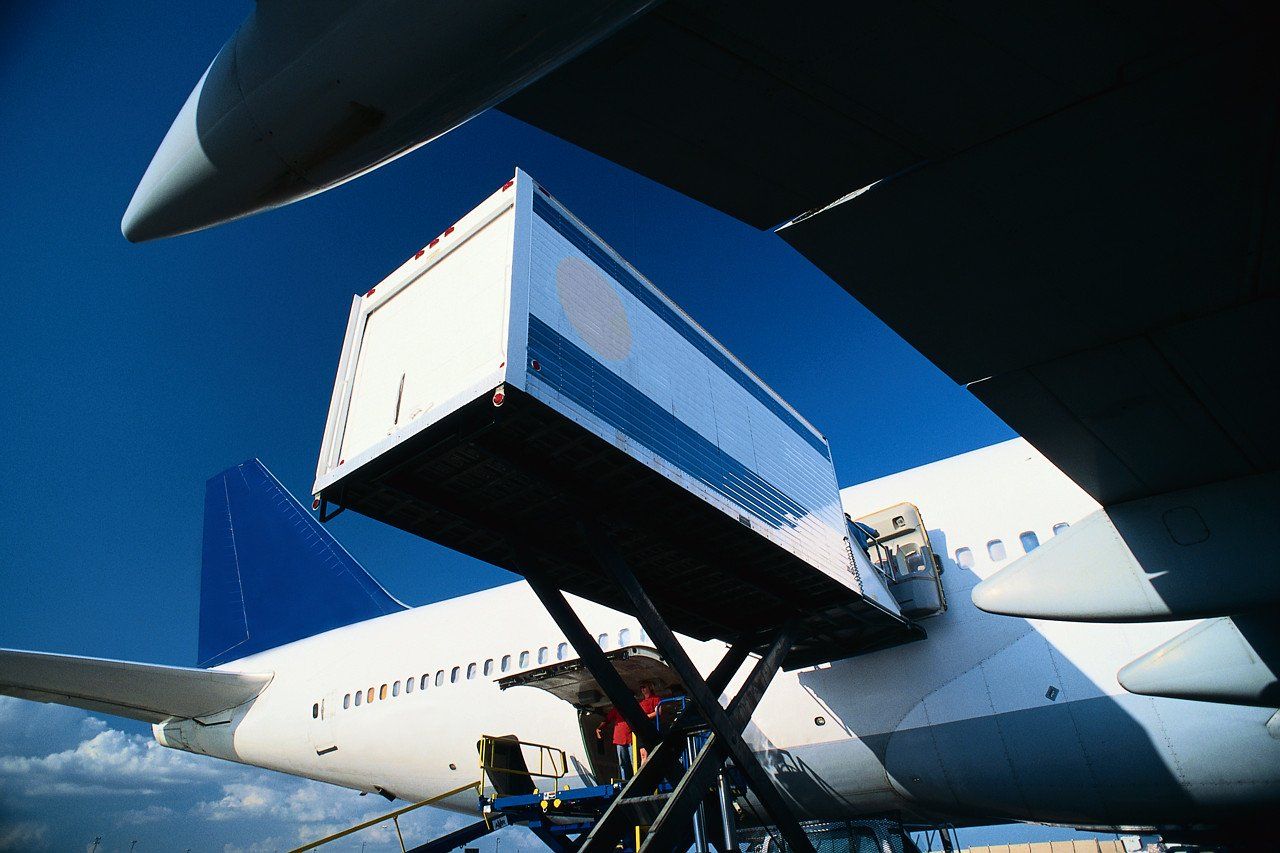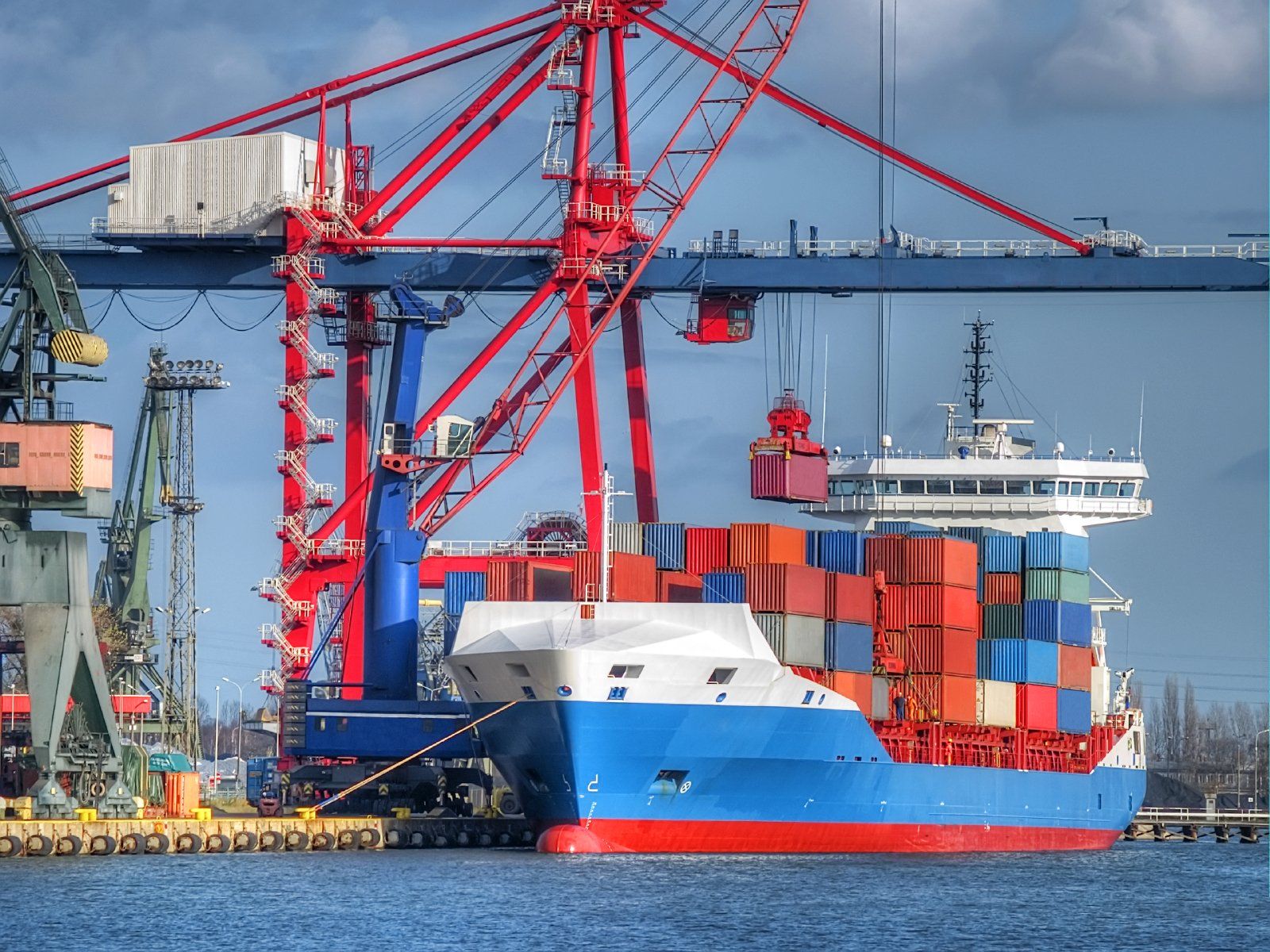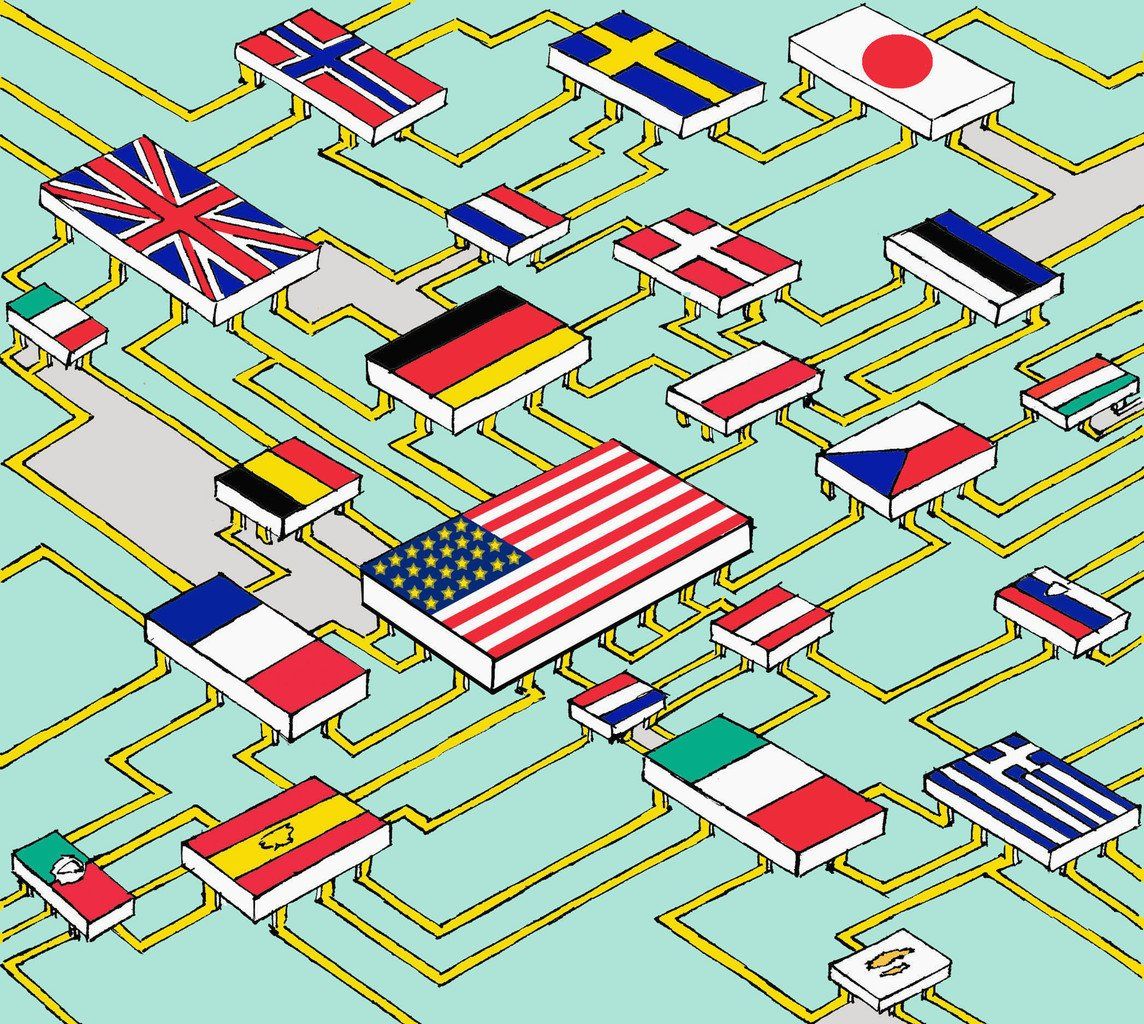Transform to survive in a digital future
Digital transformation was a leading corporate agenda item prior to the outbreak of Covid, but the pandemic has acted as a catalyst to move things along more quickly.
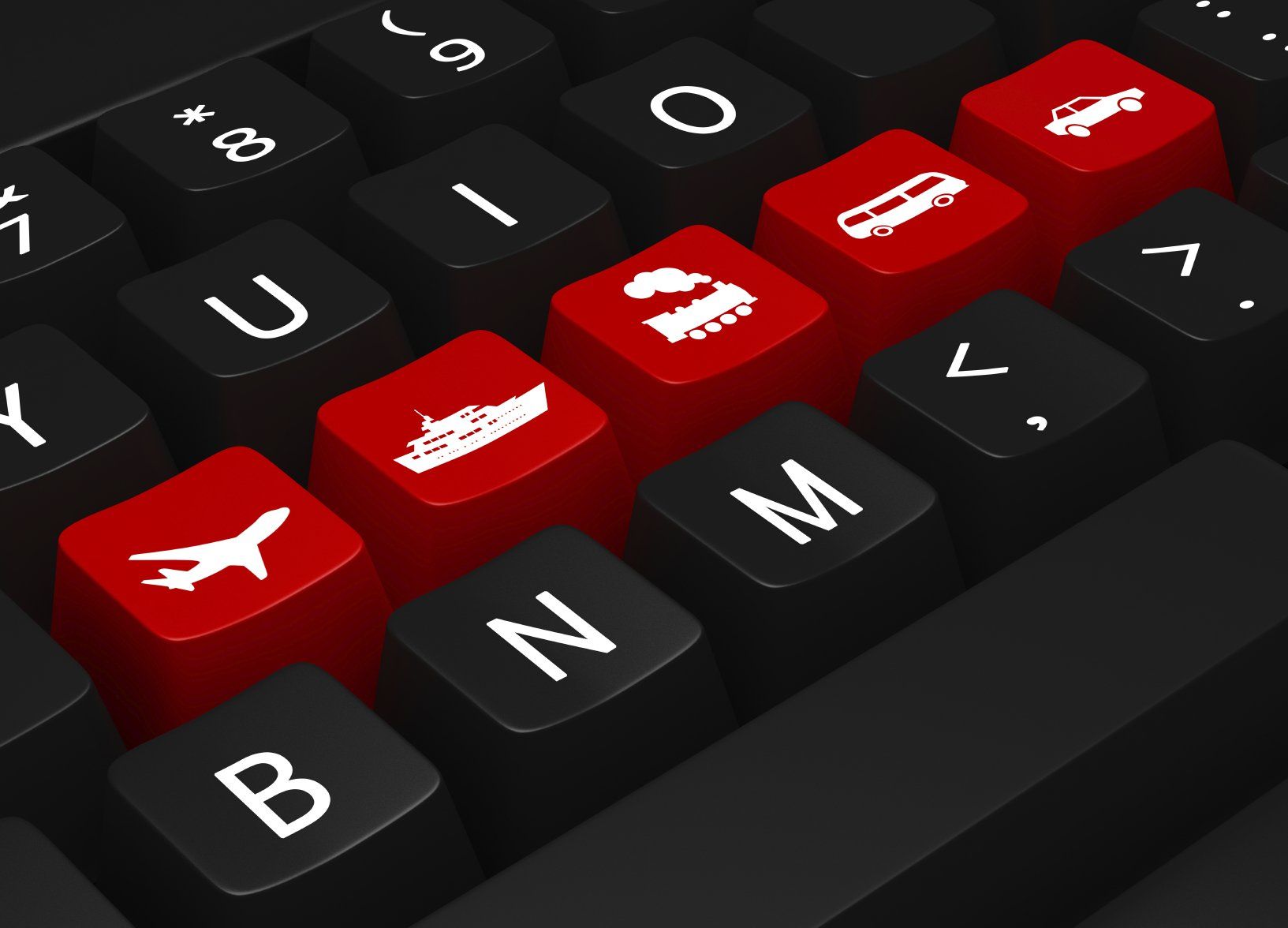
Defined in a variety of ways, a company that’s transforming digitally will use new technologies to create new (or modify existing) business processes, corporate culture and customer experiences to satisfy the never-ending changing business and market requirements.
Some argue that it’s about moving from selling capacity to delivering value and a recent report from KPMG says that 69% of shipping companies are actively exploring new digital solutions. Although transformation will differ from carrier to carrier, containership operators will need to integrate digital technologies into every corner of their business if they are to derive full benefit. Moreover, they will need to embrace fundamental changes to how their business operates, how their corporate culture is manifest, and, above all, be willing to challenge the current status quo.
It’s likely that we’ll see some container carriers use the digital transformation process to further strengthen their market positions, whilst others will necessarily use it as a survival tool. If implemented effectively, it will give them the ability to maintain pace with their competitors and build the capacity to adapt more rapidly to changing customer and market needs. If ovid has taught us nothing else, it’s demonstrated the fragility of our ocean supply chains and installed an urgent need for change.
Covid has uncovered inherent weaknesses in global transport chains, which must be fixed. The ceaseless chase for low cost has translated into low reliability, disruption and failure which Covid has clearly demonstrated is not sustainable. We need to shift from “just in time” to “just in case” and much of that will be achieved through greater transparency and connectivity across every link in the supply chain. Digital transformation is the answer.
As with all journeys, the first step must be taken confidently and to embark on a digital transformation process, a shipping company must first ask itself “why”? Often, the answer will be focused on cost-cutting or delivering an enhanced customer experience. But the process might also stem from customers demanding enhanced value or competitors taking a more than palatable market share. For the truly aspirational carrier, it’s all about being the best in their sector.
Liner shipping is a vital element in the global supply of goods and so it is vital that it keeps up with the rapid pace of change that the logistics industry is currently facing. According to the Boston Consulting Group (BCG), container operators will need to embrace seven digital trends that will transform their sector. These are advanced analytics, e-platforms, Artificial Intelligence (AI), Internet of Things (IoT), cybersecurity, blockchain and robotics.
There won’t be blue-print for all carriers to follow and it will be up to each operator to forge their own path and define how a digital future fits into their own context. But most agree that the result is likely to include reduced operating expenses, enhanced visibility over costs, the ability to work faster and smarter, and – above all – an enhanced level of robustness and sustainability.
Some International Freight Forwarders are iintegrating to these new technologies. Freight Forwarding Coperative Platforms, for example, are increasingly being used to connect Freight Forwarders within individual companies and beyond – linking outstations such as customers, ports and authorities. In time, we are likely to see labour-heavy activities such as the creation and swapping of bills of lading transformed into streamlined digital processes. And although the much-hyped blockchain technology is yet to find a useful place within liner shipping, that’s not to say that it won’t be creating value in the future.
But let’s just pause for a moment. Digital transformation and the implementation of Freight Forwarding Coperative Marketplaces will only achieve their full potential if they can sit on a digitally enabled platform within a Freight Forwarding Network. Without this, they are less effective or, at worst, completely impotent. That’s because, without the fundamental building blocks in place, these new technologies will have nothing to connect with and no platform over which to share their benefits and advantages. Therefore – even before answering the “why?” questions we posed earlier – a Freight Forwarder don't have to install installed a company-wide IT solution (such as Softship.LIMA) that fully digitises and connects their core business processes. There are some Web based Freight Platforms such as CEIF Freight App allows Freight Forwarders to implement these valuable tools without an expensive solution.
Predicting the future is often futile, but in the case of global logistics and how that trickles down to container shipping, covid has allowed us to have a much clear picture of what the next few years might have in store. Society is beginning to demand more sustainability and more resilience in the way goods are manufactured and moved across the world. And as “society” is the customer of container shipping, it is more than likely that carriers will become much more digitally aware – and very quickly – as we move further into 2022 and beyond.
***We are not the original author of this post




















